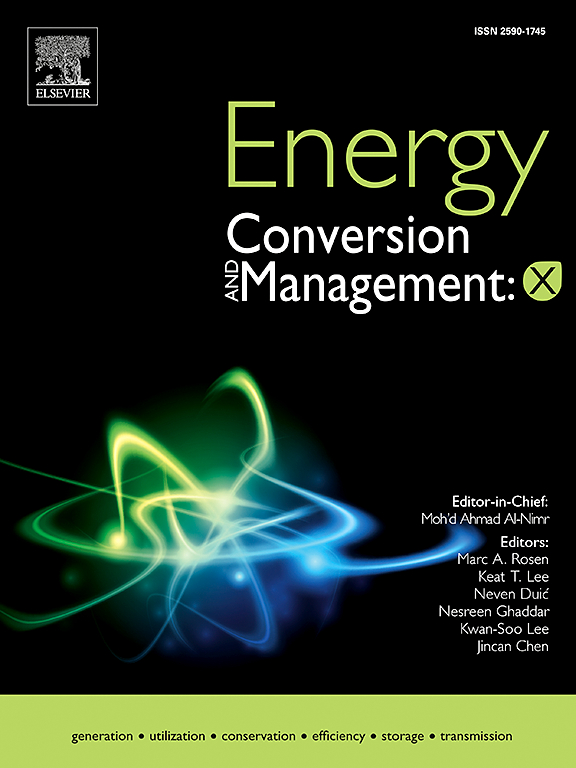构建道路运输的氢需求曲线:德国和中国的案例研究
IF 7.1
Q1 ENERGY & FUELS
引用次数: 0
摘要
使用氢作为燃料可能会使公路运输脱碳,然而,由于缺乏氢市场,其经济可行性尚不清楚。本文介绍了一种计算道路运输氢需求曲线的新方法,并分析了德国和中国的氢需求潜力。通过估算选择氢燃料的新车买家可接受的价格以及这些新车可能的氢需求,我们可以洞察潜在的市场动态。此外,我们还研究了燃料、电力和碳价格的不同发展对技术扩散和氢需求潜力的影响。对2030年和2050年15种价格路径的模拟显示,由于经济可行性和电力替代品的可用性不断提高,到2030年,德国的客运可能需要氢气,但不会超过这一时期。重型货运成为两国长期潜力巨大的关键需求领域,其可接受价格更高。本文章由计算机程序翻译,如有差异,请以英文原文为准。

Constructing the hydrogen demand curve for road transport: Case studies for Germany and China
Using hydrogen as a fuel can potentially decarbonize road transport, however, its economic feasibility is unclear due to the absence of a hydrogen market. This paper introduces a novel approach for deriving hydrogen demand curves in road transport and analyzes the hydrogen demand potential for Germany and China. By estimating acceptable prices for new vehicle buyers opting for hydrogen and the possible hydrogen demand from these new vehicles, we provide insights into potential market dynamics. Additionally, we examine the impacts of different developments in fuel, electricity, and carbon prices on technology diffusion and hydrogen demand potential. Simulations for 2030 and 2050 across 15 price pathways reveal that hydrogen could be demanded in passenger transport in 2030 in Germany but not beyond, attributed to the economic viability and improving availability of electric alternatives. Heavy-duty freight emerges as a key demand segment with significant long-term potential in both countries, with higher acceptable prices.
求助全文
通过发布文献求助,成功后即可免费获取论文全文。
去求助
来源期刊

Energy Conversion and Management-X
Multiple-
CiteScore
8.80
自引率
3.20%
发文量
180
审稿时长
58 days
期刊介绍:
Energy Conversion and Management: X is the open access extension of the reputable journal Energy Conversion and Management, serving as a platform for interdisciplinary research on a wide array of critical energy subjects. The journal is dedicated to publishing original contributions and in-depth technical review articles that present groundbreaking research on topics spanning energy generation, utilization, conversion, storage, transmission, conservation, management, and sustainability.
The scope of Energy Conversion and Management: X encompasses various forms of energy, including mechanical, thermal, nuclear, chemical, electromagnetic, magnetic, and electric energy. It addresses all known energy resources, highlighting both conventional sources like fossil fuels and nuclear power, as well as renewable resources such as solar, biomass, hydro, wind, geothermal, and ocean energy.
 求助内容:
求助内容: 应助结果提醒方式:
应助结果提醒方式:


